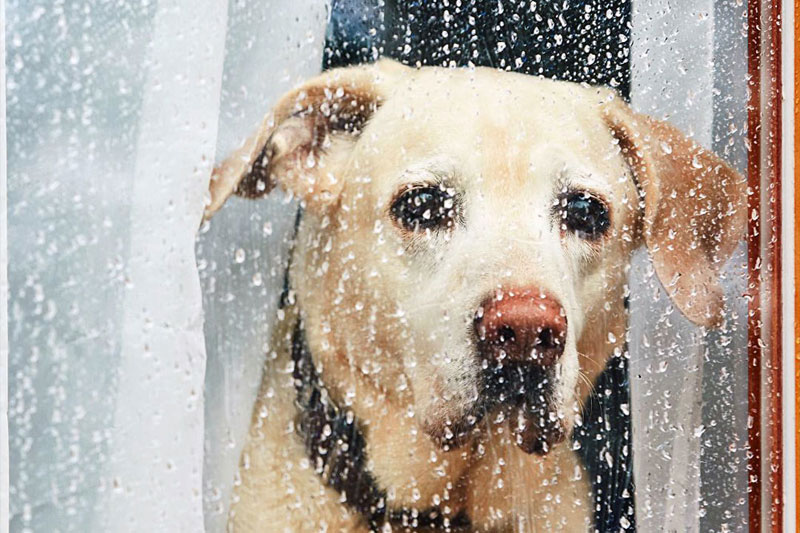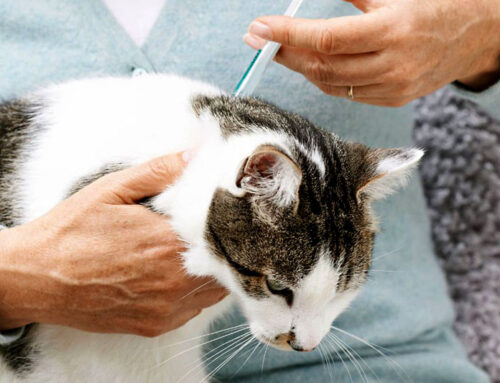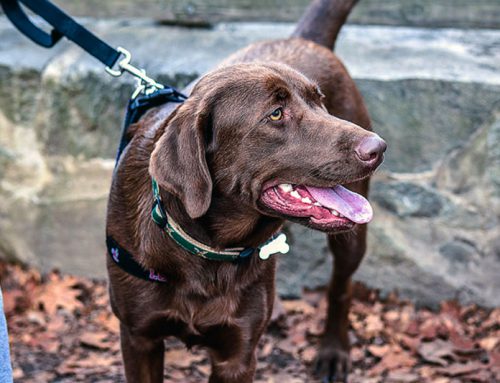As we’ve all learned, hurricane’s and seasonal storms can be severe and cause wide disruption and damage in our area. Hurricane preparedness and safety for pets is crucial to ensure the well-being of your furry friends during a severe storm. The following are some important steps to take before, during, and after a hurricane to keep your pets as safe as possible:
Before the Hurricane:
Identification:
Ensure your pet has proper identification, such as a collar with an up-to-date ID tag, a microchip, or both. Make sure the contact information associated with the microchip is current – address, cell phones, etc.
Evacuation Plan:
Include your pets in your evacuation plan. Identify pet-friendly shelters, hotels, or friends and family members’ homes where you can take your pets if you need to evacuate. Many shelters do not allow pets, so it’s essential to research and plan ahead.
Emergency Kit:
Prepare a pet emergency kit that includes the following items:
- Food and water for at least three days.
- Medications and medical records.
- First-aid supplies.
- Leash, collar, and harness.
- Carrier or crate large enough for your pet to stand, turn around, and lie down comfortably.
- Blankets or bedding.
- Toys and treats.
- Litter and litter box for cats.
- Recent photos of your pet for identification purposes.
- Contact information for your veterinarian.
Practice Evacuation:
Familiarize your pet with their carrier or crate and practice evacuating with them, so they are less stressed when the time comes to leave.
Do a “dry run” to be sure you can lift crate/carrier and you have space in your vehicle.

During the Hurricane:
- Stay Informed. Keep an eye on weather updates and follow evacuation orders if issued. Don’t wait until the last minute to evacuate if you’re in a hurricane-prone area. Subscribe to weather or code red alerts for your area.
- Secure Your Pet. Keep your pet in a safe and comfortable area of your home. Use a leash or carrier to ensure they don’t escape during the storm. If you have to evacuate, keep your pet securely contained in a carrier or on a leash at all times. A frightened pet can sometimes be unpredictable.
After the Hurricane:
- Assess the Damage: Before allowing your pet to roam freely, assess the damage to your home and the safety of the area. Look out for debris, sharp branches, broken glass, downed power lines, and other hazards.
- Maintain Routine: Try to maintain your pet’s normal routine as much as possible. Familiar surroundings and routines can help reduce stress.
- Monitor for Stress: Pets can become stressed or anxious after a hurricane. Watch for signs of distress, such as changes in behavior, loss of appetite, or excessive whining or barking. Comfort and reassure your pet as needed.
- Check for Injuries: Inspect your pet for any injuries sustained during the storm. Seek immediate veterinary care if you notice any health issues.
Remember that your pet’s safety and well-being are your responsibility and your pet is completely dependent on you. Planning and preparation are key to ensuring they stay safe during a hurricane or any other weather or general emergency. Especially if you are in a flood-prone area, consider reaching out to local animal shelters and rescue organizations for assistance and information specific to your area’s hurricane preparedness plans for pets.





